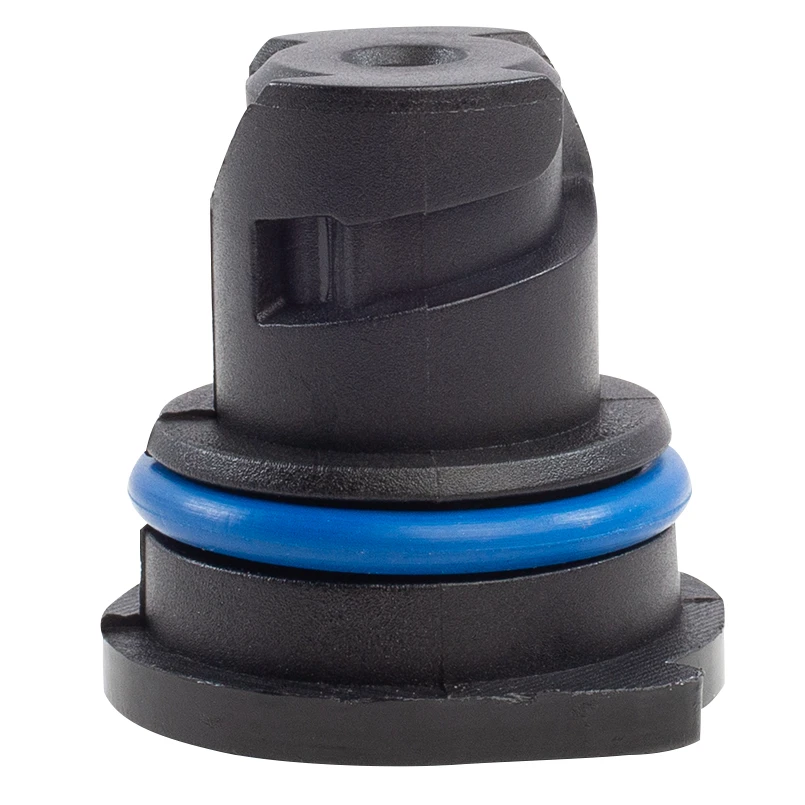Rear Axle Seal Repair and Maintenance Guide for Optimal Performance
Understanding Rear End Axle Seals Function, Importance, and Maintenance
Rear end axle seals play a crucial role in the overall functionality and longevity of a vehicle’s drivetrain. Positioned at the rear axle, these seals prevent axle fluid from leaking out while keeping contaminants like dirt and moisture from entering critical drivetrain components. Although they are small components, rear end axle seals are integral to the vehicle’s performance and safety. This article explores the function of these seals, their importance, signs of failure, and tips for maintenance.
Function of Rear End Axle Seals
The primary function of rear end axle seals is to contain the differential gear oil within the axle housing, ensuring that the lubrication system functions effectively. The rear axle in a vehicle contains gears that require consistent lubrication to operate smoothly. If the differential gear oil leaks, it can lead to inadequate lubrication, causing increased friction, heat, and potential damage to the gears.
In addition to retaining oil, rear end axle seals also act as barriers against external contaminants. Dust, dirt, and moisture can infiltrate the axle housing, leading to corrosion and premature wear of the gears. Thus, these seals are designed to maintain a clean operating environment for the differential and axle components.
Importance of Rear End Axle Seals
The significance of rear end axle seals extends beyond their immediate function. Properly functioning seals contribute to the overall efficiency of the vehicle’s drivetrain. When axle seals are intact, they help maintain optimal lubrication conditions and prevent costly repairs related to gear wear and failure. Moreover, seals that fail to do their job can lead to leaks that may affect the braking system or even the vehicle's handling characteristics.
An additional aspect of the importance of these seals is their impact on environmental sustainability. A leaking differential can lead to oil spills, which are harmful to ecosystems. Therefore, maintaining the integrity of rear end axle seals is not just a matter of vehicle operation; it also has environmental implications.
Signs of Rear End Axle Seal Failure
Being aware of the signs of rear end axle seal failure is essential for preventing more significant issues. Some of the most common signs include
1. Fluid Leaks The most apparent indication of a seal failure is the presence of oil leaks under the vehicle. If you notice puddles or spots of differential fluid on the ground, it’s a sign that the seals may need replacement.
rear end axle seal

2. Noisy Differential A differential that is not properly lubricated due to leaking oil can produce unusual noises. Grinding, whining, or clunking sounds while driving, especially during turns, may indicate that the seals are compromised.
3. Warning Light In some vehicles, a dashboard warning light can indicate low fluid levels or issues with the drivetrain. If this light illuminates, it’s essential to check the rear axle seals promptly.
4. Visual Inspection Regularly inspecting the rear axle and surrounding components can help identify any signs of leakage or corrosion, which often accompanies seal failure.
Maintenance Tips for Rear End Axle Seals
Maintaining rear end axle seals is relatively straightforward, yet it plays a significant role in extending their lifespan. Here are some tips to ensure optimal performance
1. Routine Inspections Regularly inspect the seals for any signs of wear or damage. Early detection can prevent costly repairs down the line.
2. Fluid Changes Follow the manufacturer’s recommendations for changing the differential fluid. Old or contaminated oil can cause increased pressure on the seals and lead to failure.
3. Quality Parts When replacing rear end axle seals, always invest in high-quality parts. Using inferior seals can lead to premature failure and negate the benefits of regular maintenance.
4. Professional Services If you are unsure about the condition of your axle seals, seek professional assistance. Mechanics have the expertise to diagnose issues properly and recommend necessary repairs.
In conclusion, rear end axle seals may be small components, but their role in maintaining the health of your vehicle’s drivetrain cannot be overstated. By understanding their functions, importance, and the signs of failure, as well as following proper maintenance practices, you can ensure your vehicle stays in optimal condition for years to come.
-
Understanding Flat Gaskets: A Key to Reliable Sealing in Everyday Applications
News Jun.24,2025
-
The Essential Guide to Crush Washers: Sealing Your Oil Drain Plug the Right Way
News Jun.24,2025
-
Mastering Oil Changes: Choosing the Right Oil Drain Plug Washer and Gasket
News Jun.24,2025
-
Everything You Need to Know About Oil Drain Plug Washers: A Small Part That Makes a Big Difference
News Jun.24,2025
-
Choosing the Right Oil Drain Plug: A Guide to Better, Cleaner Oil Changes
News Jun.24,2025
-
A Complete Guide to Drain Plug Washers: Why They Matter and How to Choose the Right One
News Jun.24,2025
-
Understanding Shaft Oil Seals: Protection, Performance, and Marine Applications
News Jun.23,2025
Products categories















